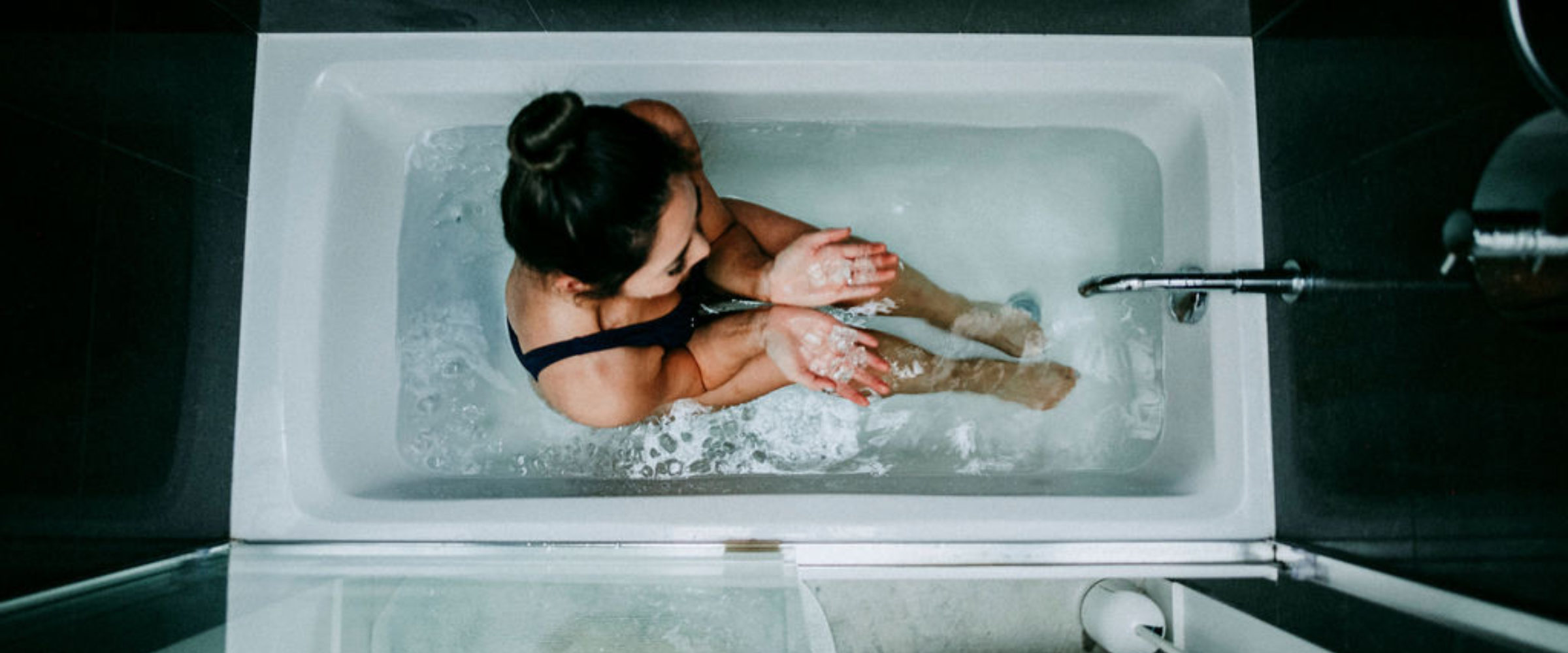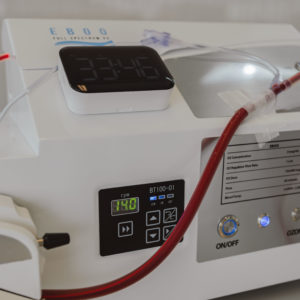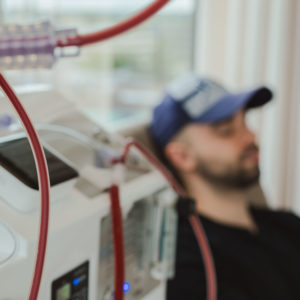
4 min|Dr. Alex Chan
3 Cold Therapy Techniques To Try At Home
Wellness, Health, BiohackingI recently talked about Cold Therapy (Cold Exposure) and why you should shiver
As a quick recap, cold exposure therapy can increase cell longevity, support immune function, induce fat burning and accelerate metabolism by promoting fat loss without exercise. It also restores blood-brain-barrier health by increasing blood flow and nitric oxide delivery to your brain. Before starting on your cold journey there are a few things to keep in mind:- Getting cold will feel uncomfortable as you need to give yourself time to become cold-adapted.
- Controlling your breathing and focusing on smooth inhalations and exhalations will help you adapt to the cold.
- Don’t try to be a hero. You can easily overdo cold exposure. You want to start off gradually and increase the length of exposure while decreasing the temperature.

1) Cold Face
Specially exposing your face to ice water works well because the vagus nerve in your face is connected to the nervous system throughout your body. Signalling cold to the nerves in the face translates to the rest of the body and can actually help you to cold adapt the rest of your body as well.If you want to do this right now, you can take a bucket of cold water and add ice cubes then hold your breath and submerge your face until you need to breath or the cold is too much. Starting with just a few seconds, you can build up from here. If you have more time to prepare, fill a shallow pan/dish with water and freeze it.
Once this is frozen take out the pan, then add cold water on top and stir to chill. The face exposure is the same but this allows you to cool the water more consistently. You’re aiming to drop your skin temperature to around 12 degrees Celsius so generally you need the water to be at least 10 degrees Celsius.
2) Cold Showers
This can be as easy as intentionally turning down the heat at the end of a shower. You should aim for at least 30 seconds when you’re starting out remembering that you can start off with the shower being warm and gradually reduce the temperature. As you become more tolerant of the cold, try to increase the length of time in the cold stream to at least 2-3 minutes. Studies have shown that a 5-minute cold shower taken 2-3x/week can increase metabolism and elevate mood.Another option is to do alternating cold-hot-cold exposure instead of continuous cold. Ray Cronise’s Shiver System involves a 5-minute cold shower that alternates from 20 seconds of cold to 10 seconds of warm for 10 rounds.
3) Cold Baths
This can start off with just a tub of cold water or progress to adding ice to the bath. You’re aiming for a temperature of around 10-15 degrees Celsius, while some experienced bathers can go down to 4 degrees Celsius or below. Once again, the length of time you stay will depend on your cold adaptation. You’ll start to get the benefit of cold therapy within a few minutes. Usually, when you no longer feel the need to jump out of the cold bath, you’ve actually stayed the right amount of time.Final Thoughts
When you exit the cold, you can expect that your skin may appear pink or red as the blood rushes to the surface. You also might notice you feel calmer or more relaxed. If you feel very cold or unwell you may have overdone your cold exposure, so if needed, rewarm yourself and next time stop sooner.Cold Exposure can be inexpensive, accessed at home and is one of the reasons that it’s become such a popular Biohacking technique. In the Integrative Biohacking Program, we can assess which types of cold exposure might be best for you and hone in on timing and techniques.
For now, remember that the benefit comes with repetition so pick a technique you can do with frequency and don’t stress on making it perfect. Usually, some cold exposure will be better than no cold exposure at all.
Resources
1. https://www.sciencedirect.com/science/article/abs/pii/S030698770700566X
2. https://pubmed.ncbi.nlm.nih.gov/12079880/
3. https://pubmed.ncbi.nlm.nih.gov/18785356/
4. https://pubmed.ncbi.nlm.nih.gov/8925815/
5. https://www.ncbi.nlm.nih.gov/pmc/articles/PMC3633882/
Related Articles

4 min|Dr. Alex Chan
EBOO for Chronic Inflammation: A Natural Approach for Systemic Relief
Regenerative Medicine, EBOO Therapy
4 min|Dr. Alex Chan
EBOO Therapy for Autoimmune Conditions: Exploring the Potential Benefits
Autoimmune Disease, Regenerative Medicine, EBOO Therapy



